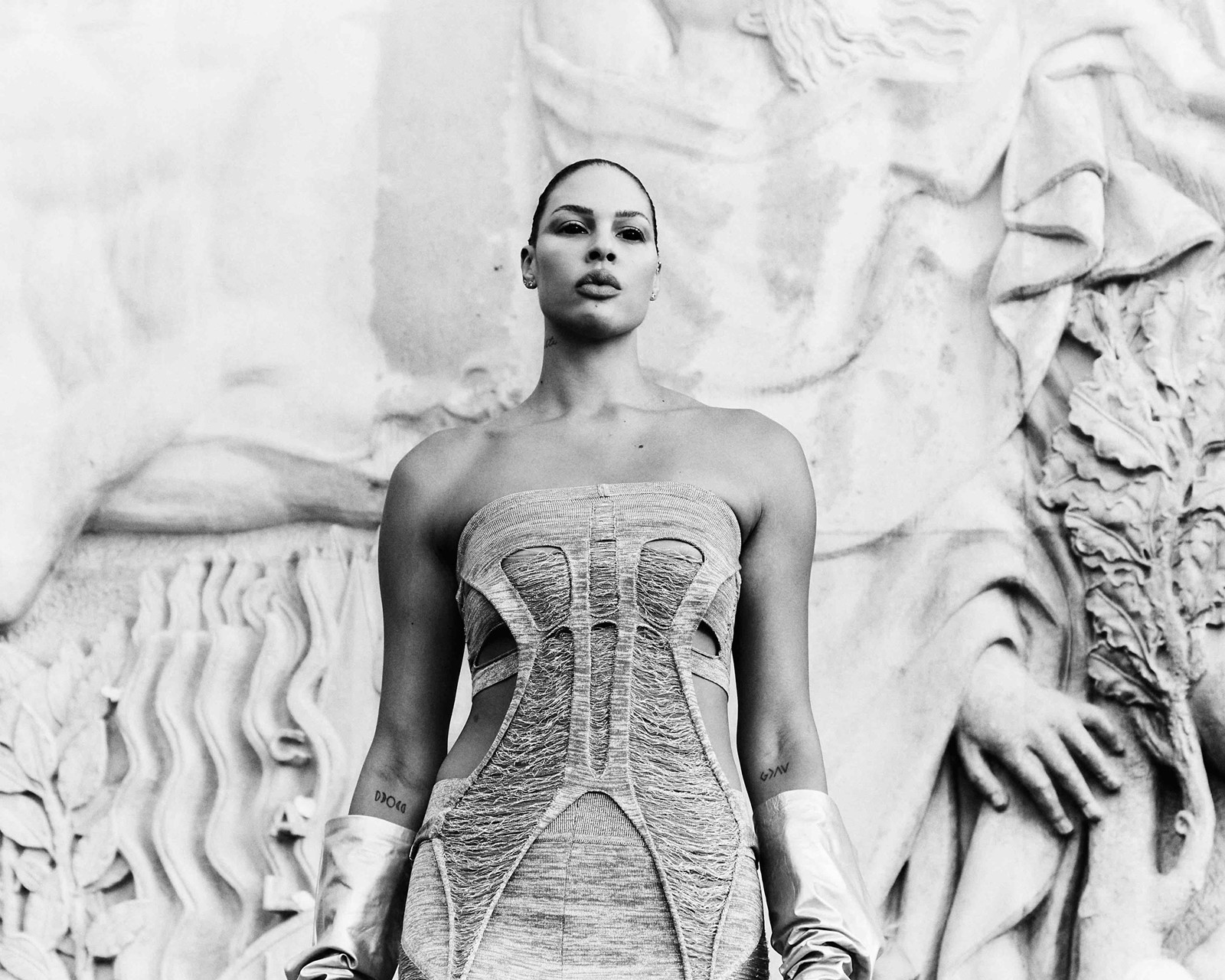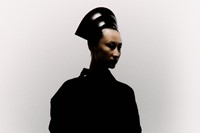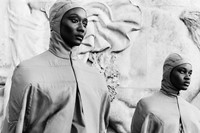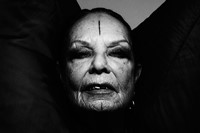“Epic” was the word someone uttered to me about halfway through Rick Owens’ cast-of-thousands Spring/Summer 2025 spectacular. Fashion show doesn’t really cut it as a descriptor. He called it Hollywood, so that was the general gist. And indeed, as if in a movie, just before the show began, two days of torrential Parisian rain miraculously cleared and blue skies rolled in, right on cue.
As often with Owens’ collections, this show borrowed its title from his earlier menswear offering, and proposed a refraction of its vision to hammer home his point. The onus then was sheer heft – an “army of love”, comprising some 200 models in multiple reiterations of instantly identifiable Owens looks thronging the basin of the fountain at the Palais de Tokyo. This was act two – Hollywood loves a sequel, after all – with another slew of bodies descending to blasts of Wagner. The focus, then and now, fell on the models themselves – many figures drawn from Owens’ friends and chosen family, few conforming to the rigid constraints of ‘conventional’ beauty standards. The clothes were marvellous, of course – Owens is one of the greatest designers in the world, let’s just say it. But it felt like this was about something bigger. Owens once talked to me about that, and about what he termed the “airport aesthetic” of mediocrity and narrow-minded exclusion that his clothes seem to fight – it’s a whole damn universe.
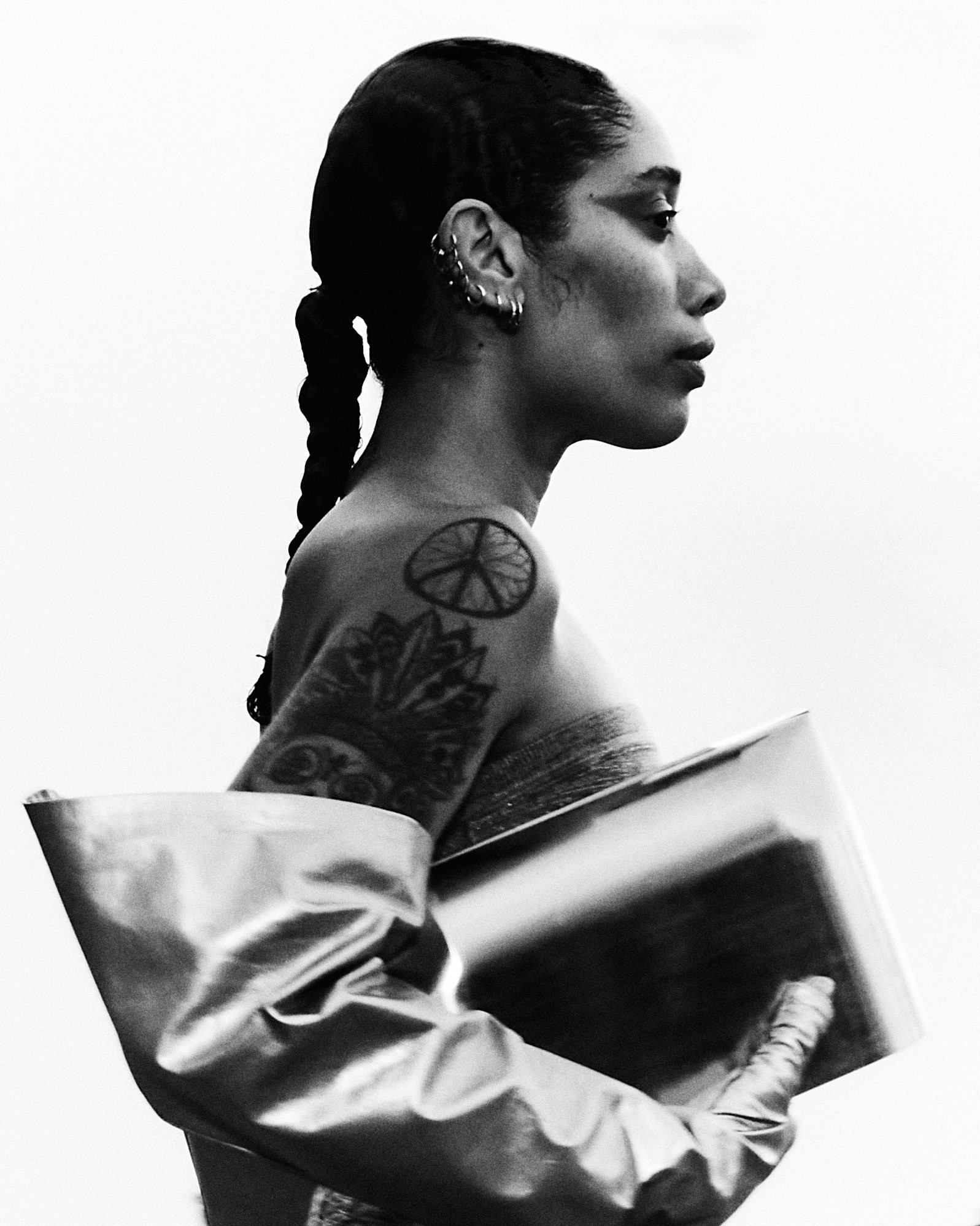
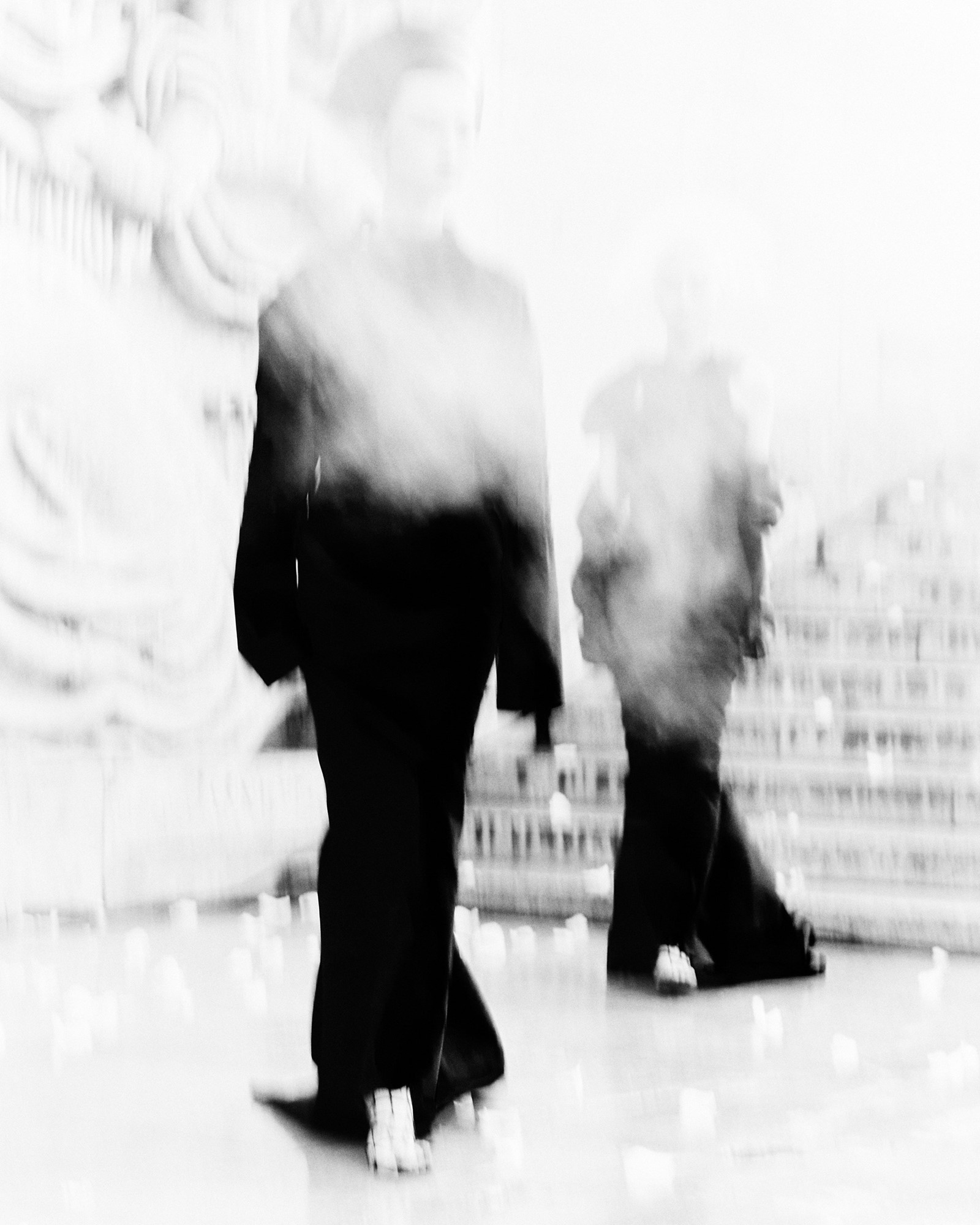
So that title wasn’t about red carpet glamour, or the Hollywood of today. Owens’ Hollywood is decrepit, run-down and gritty, less Doris Day and more Day of the Locust. Never let it be forgotten that it’s where Owens began his business in 1994 – in a raw storefront off of Hollywood Boulevard, selling his own fucked-up version of glamour. You’d never really think of glamour, at least initially, when you’re talking about Rick Owens, but it’s something that has always been unexpectedly embedded in his clothes. It’s conjured up from a youth misspent watching pre-Hayes Code Biblical epics in a small town in rural California, listening to opera and dreaming of something bigger. And this show was big, especially in contrast to one in February where Owens pulled in tight and showed in his own home. In contrast, this one jostled between cinematic and operatic when it came to scale. A black-clad chorus, roped to the rooftop, even tossed rose petals from bin-liners as the models passed, like a schlocky early Hollywood special effect.
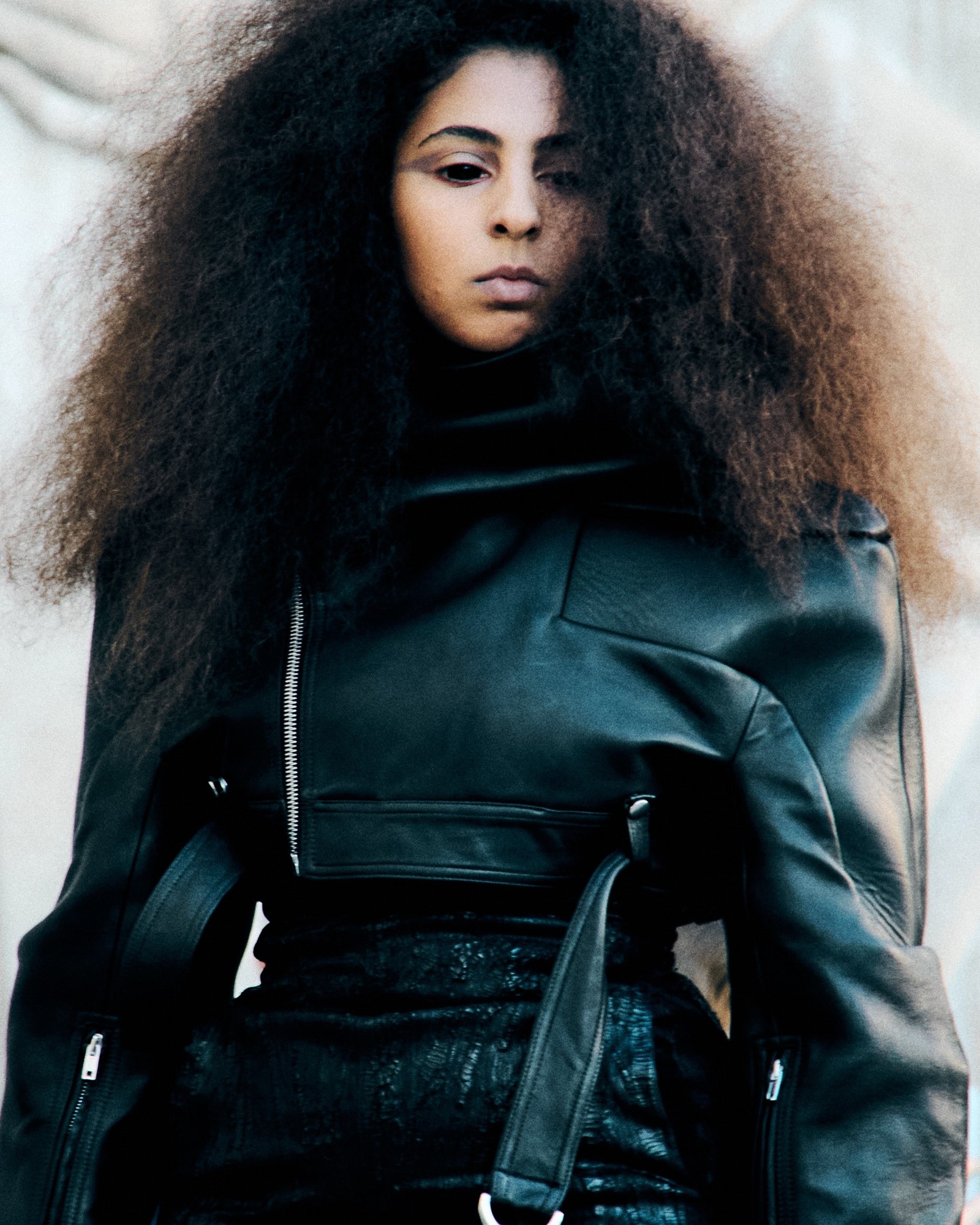
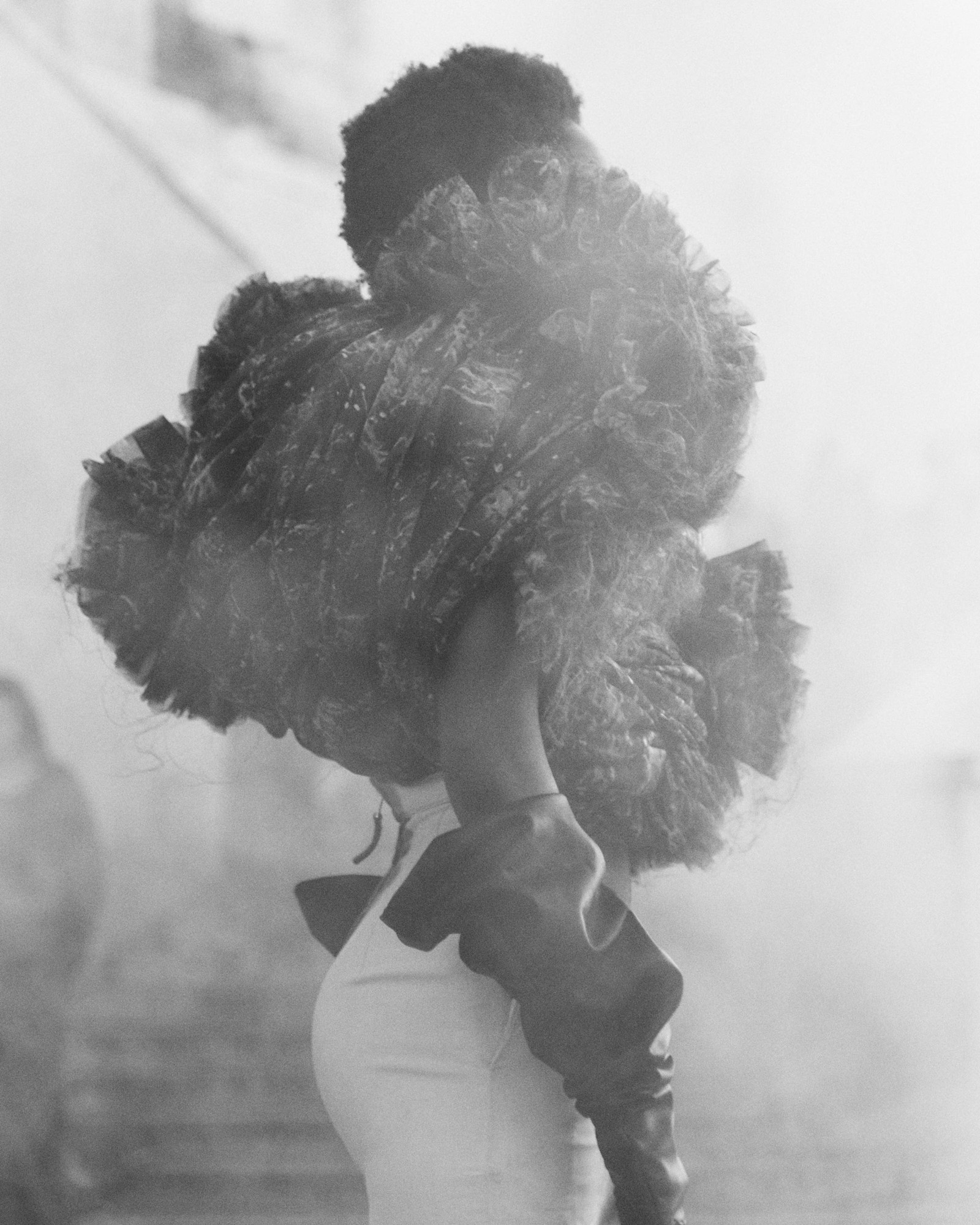
As an all-embracing message of inclusivity – keep your friends close, your freaks even closer – this show had a thundering power. Yet there was also a contradiction, which sits at the very heart of what Owens does. Because alongside post-apocalyptic garb, deflated boots and great globules of frills around the body were elegant, elongated silhouettes in crusted denims or fine knits. Those nodded to the collection’s title and to Owens’ fascination with the 1930s: squint your eyes at his gold metallic laminated, raw-edged denim dresses and you could see distorted visions of Jean Harlow in liquid lamé.
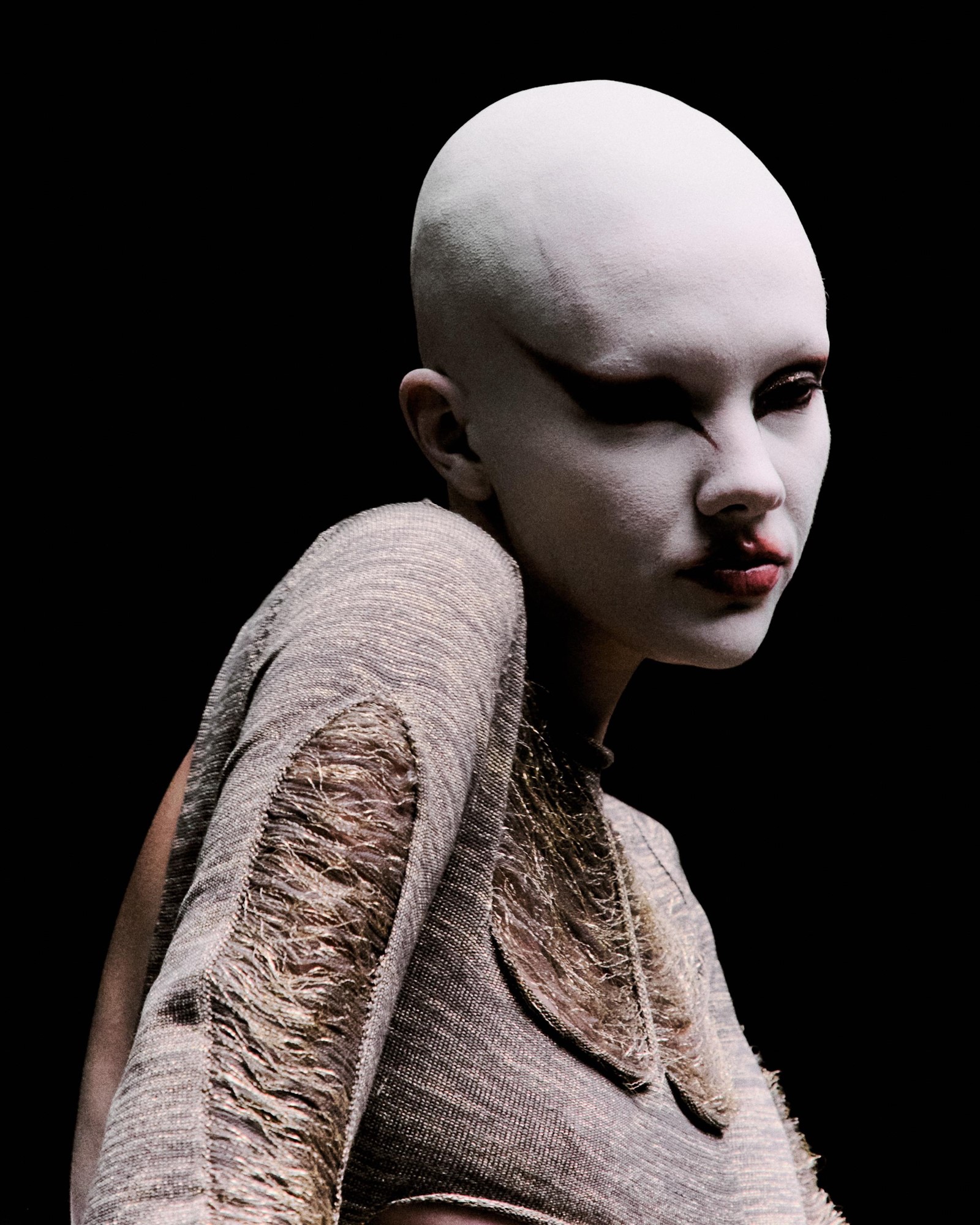

Because that’s the thing with Owens – his references are manifold, unexpected, the results never literal. His interior and exterior worlds are rich, and we’re privileged he lets us press our nose against the glass to see. Although, actually, that implies exclusion – which is most definitely not the case. The message, rather, is that anyone, anywhere, can be a star.
I kind of wish it had kept raining – because we, the ‘normies’ in the audience, would’ve been the weirdos, plebs sat in a downpour watching a magnificent parade of doomed beauties. Truly, epic.
